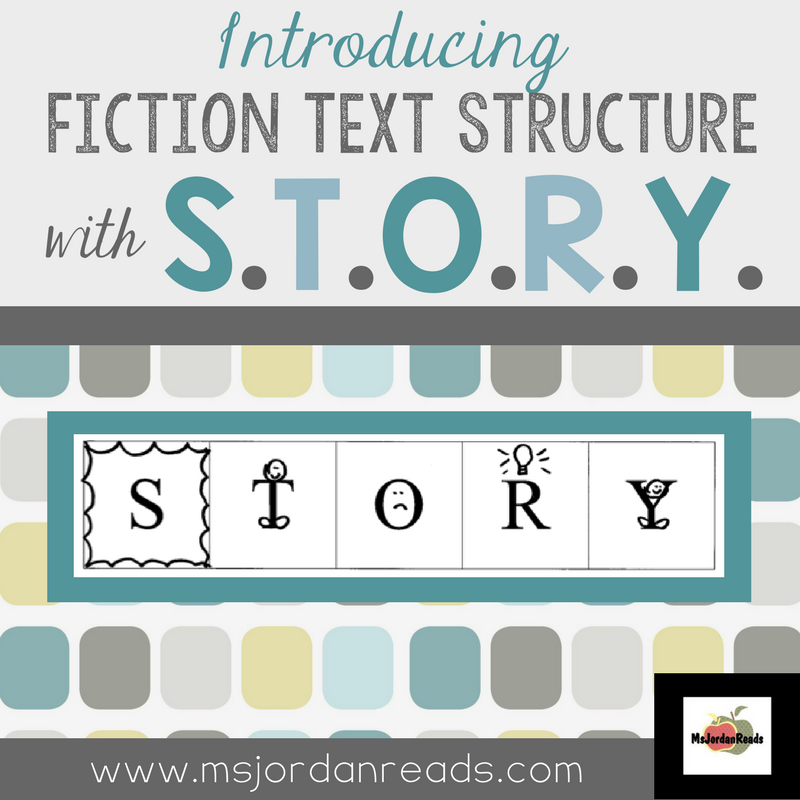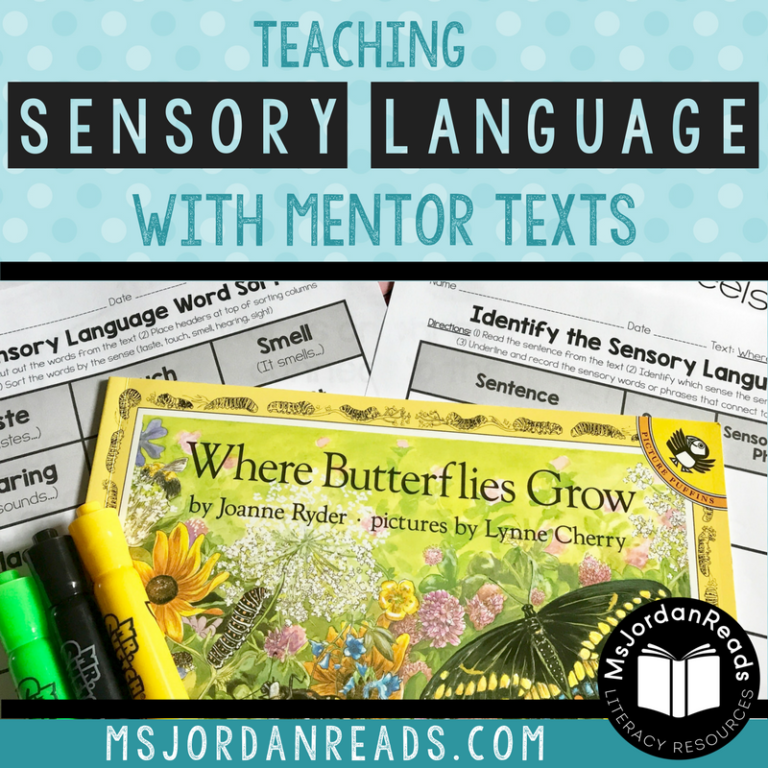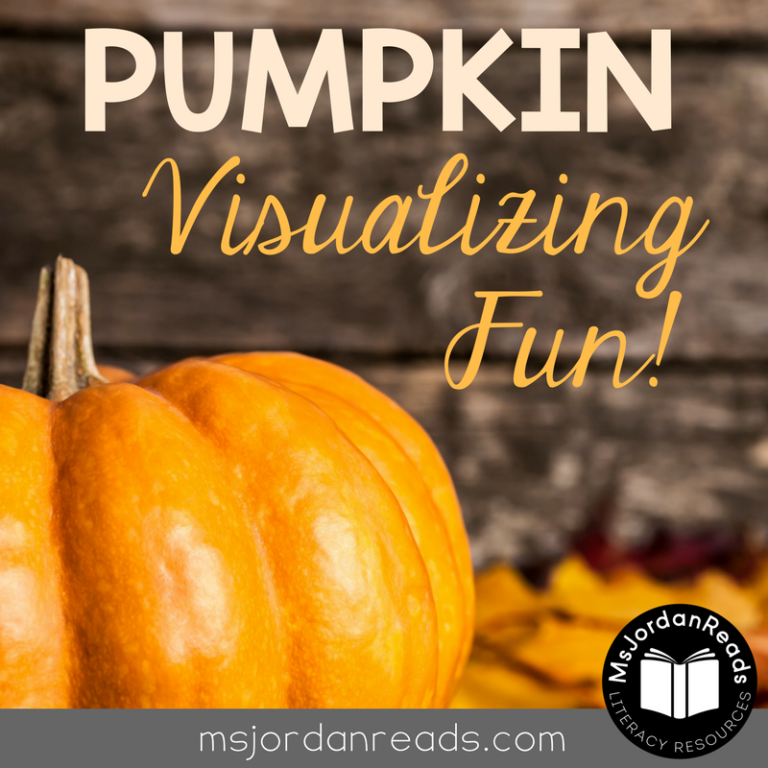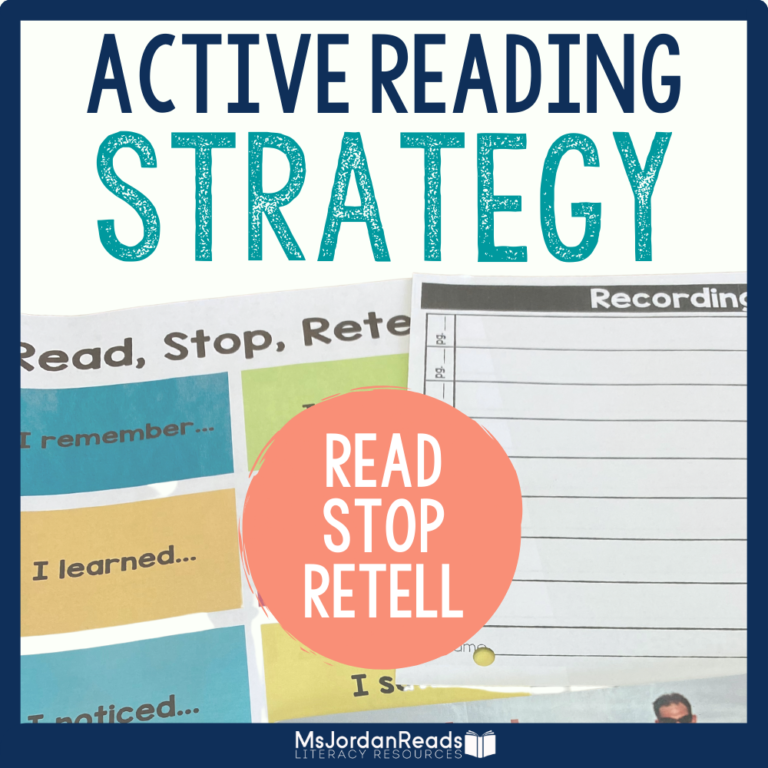Introducing Fiction Text Structure with S.T.O.R.Y!

S.T.O.R.Y.
A few years ago, I was looking for a fun and engaging way to teach Fiction Text Structure to my struggling readers, when I came across Victoria Naughton’s strategy, “Picture It!” (2008), in my copy of The Reading Teacher. Naughton was recognized for her hard work in research and publication with the Shaw Fund for Literacy 2009 award by National Louis University (NLU). Although she recommends it for all grade-levels (even high school), I use it with my 2nd and 3rd grade RtI groups.
Essentially, this strategy “uses pictures and other visual elements to enhance comprehension” (Naughton, 2008). Each letter of S.T.O.R.Y. represents an important story element of fiction texts, graphically and mnemonically. Students use this visual story map to support their understanding of a fiction story, picturing the different story elements and sketching them on paper.
S – Setting
T – Talking Characters
O – Oops! A Problem!
R – Attempts to Resolve the Problem
Y – Yes, the Problem is Solved!
(Above is a sample bookmark one of my students made using the schematic representations that Victoria Naughton recommended in her article! See a preview of her suggested sketches here!)
Strategy for Classroom Use
Students are different in their learning styles – some are visual learners, while others are auditory or kinesthetic learners. Since I try to address various learning styles within my intervention groups on a daily basis, I figured this strategy would be perfect for teaching story elements! The mnemonic device is helpful for students who have difficulty remembering the five story elements, and the “picture it” step is perfect for those who need a visual image to support their comprehension of each element.
Introducing S.T.O.R.Y.
I always use the I Do It! – We Do It! – You Do It! teaching model when introducing new decoding or comprehension strategies to students. Struggling readers benefit from the explicit, scaffolded instruction that’s part of this model. During the “You Do It!” stage, I make observations and take anecdotal notes for pieces of the strategy that I may need to reteach. Students try this strategy with their own leveled books and use the teacher and shared models of the graphic organizers as a reference throughout the independent practice.
Teacher Modeling – “I Do It!”
Last week, to introduce S.T.O.R.Y., I chose the simple and popular I Can Read! series book, Marley and the Runaway Pumpkin. After teaching the visual mnemonic device to my students the day before, we reviewed the different “ingredients” that make up a fiction story. The students then followed along in their copies of the book, actively listening for story “ingredients,” as I read the story aloud all the way through. With a think-aloud, I read the story a second time and modeled my thinking process as I identified and recorded the story elements from the text.
To bring in the visual element of the “Picture It!” strategy (Naughton, 2008), I then modeled how to draw a quick sketch to go along with each of the story elements. I modeled this visualization sketching process for Marley and the Runaway Pumpkin using information from the story element chart (pictured above). I showed the students how I closed my eyes and tried to picture the setting and “talking characters.” I visualized the problem, resolution, and solution and talked them through my internal thinking process. My visualizations were then recorded using quick sketches on a blank graphic organizer.
(Sample image of my blank student graphic organizers!)
NOTE: For the graphic organizers, I always have the students add the visual component to the letters (S.T.O.R.Y.) on the left column so they can make the graphic connection between the letter and what it represents (i.e., setting, characters, problem, resolution, solution).
The students LOVE this strategy and truly benefit from the mnemonic of S.T.O.R.Y. to help them remember the different story elements. Since learning this strategy, we have used this acronym in so many other ways!
S.T.O.R.Y. Extensions!
Check out my follow-up post called “S.T.O.R.Y. Extensions!” where I share additional ideas for using Naughton’s acronym S.T.O.R.Y. with your students. Some examples include text coding, retelling, and a connection to my Reading Hats unit! Feel free to subscribe to my blog using the button on the navigation menu (to the right) so that my posts can be delivered right to your email!
Article Resource:
Naughton, Victoria M., (2008). The Reading Teacher, 62 (1) pp. 65-68
Want to read the “Picture It!” article?
If you are interested in reading the research behind the “Picture It!” strategy or want to learn more, the article is available in a few locations.
- Find it on ERIC here
- Preview/Purchase it on JSTOR here
- Purchase the article through the International Reading Association‘s publication’s website (or become a member to access The Reading Teacher archived articles it for free!)
—
Happy Teaching!
**This post contains affiliate links. Click HERE to learn what that means!













One Comment
Comments are closed.